A Timeline: February 26, 1993
A Timeline: February 26, 1993
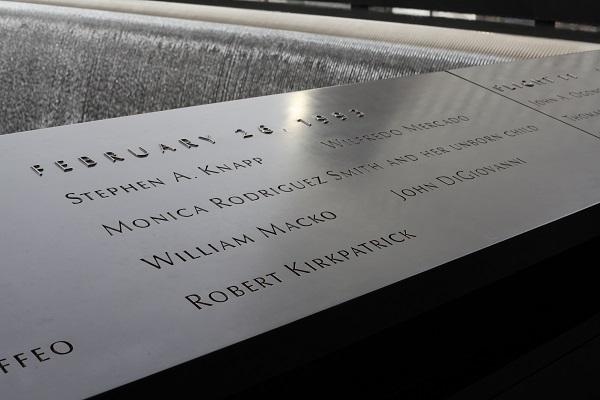
On the morning of Feb. 26, 1993, about 50,000 people were in the World Trade Center complex, with more than 40,000 people in the Twin Towers. Popular attractions at the World Trade Center such as the Windows on the World restaurant in the North Tower, the Observation Deck in the South Tower and the mall on the concourse level were all open to the public.
Around 12:00 p.m. a group of terrorists, led by Ramzi Yousef, drove their bomb-laden van into the vast public parking garage below the World Trade Center complex. After parking on the B-2 level and lighting the bomb’s fuse, cut long enough to provide them a head start of several minutes, the men escaped the garage in a car driven by an accomplice.
At 12:18 p.m., an explosion ripped through the belowground parking garage, opening a crater 150-feet wide and several stories deep underneath the North Tower. People on the top floors of the towers and in surrounding buildings felt the force of the explosion. Six people near the bomb were killed: John DiGiovanni, Robert Kirkpatrick, Stephen A. Knapp, William Macko, Wilfredo Mercado and Monica Rodriguez Smith, who was pregnant. More than 1,000 people were injured, most suffering from smoke inhalation as they evacuated the towers.
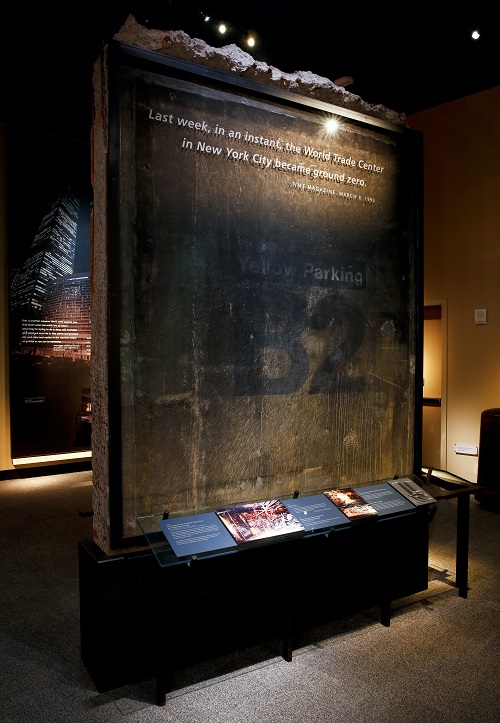
Portions of the garage survived both the 1993 bombing and the attacks on Sept. 11, 2001. The soot stains seen on this fragment of the B-2 wall were the result of the fires that burned following 9/11. This artifact is on display in the 9/11 Memorial Museum.
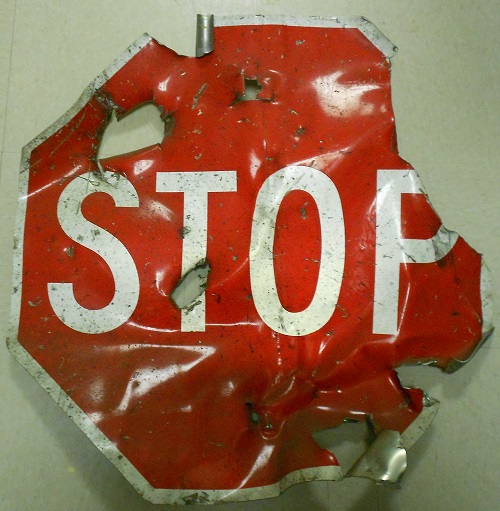
In the aftermath of the explosion, two Cooper Union freshmen, Gregory Miller and Justin Spivey, decided to investigate the scene themselves after emerging from the Cortlandt Street subway station. Unaware of what happened at earlier that day and that they were entering a crime scene, the college freshmen spotted two mangled stop signs, punctured with holes and bent at the edges, and retrieved them, unaware of their significance.
Minutes after the explosion first responders began to arrive on the scene. A block south of the World Trade Center, firefighters of FDNY Engine Company 10 and Ladder Company 10 felt the rumble of the blast. Thinking a transformer exploded, they responded to the World Trade Center and confronted evidence of an explosion of far greater magnitude.
Several hundred rescue personnel from various agencies, including the FDNY, NYPD, Port Authority Police Department (PAPD), Office of Emergency Management (OEM) and New York City Emergency Medical Service (EMS) answered calls to mobilize. Drawing personnel from around the metropolitan area, the response became the largest emergency mobilization in the city’s history at that time. During the rescue operation, 88 firefighters, 35 police officers and one EMS worker suffered injuries, almost all from smoke inhalation.

An FDNY-issued bunker coat worn by Gerard Terence Nevins when he responded to the 1993 World Trade Center bombing can be found in the 9/11 Memorial Museum’s permanent collection. According to the New York Times, Nevins “lived a life of sweet contradictions. His primary job was fighting fires. But when he was not pulling people from burning buildings, he was tending to his small farm in the backyard of his house in Campbell Hall, N.Y.” Nevins responded to the World Trade Center on Sept. 11, 2001, with his unit, Rescue 1, and was killed along with 10 other members of Rescue 1.
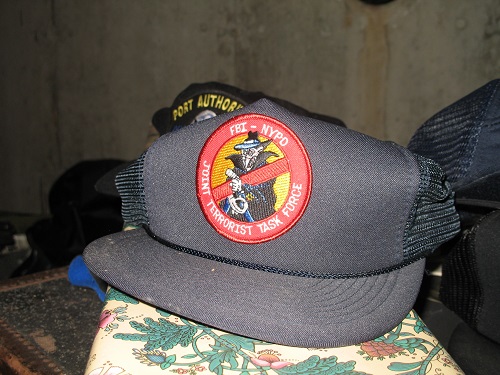
Shortly following the bombing, Joint Terrorism Task Force (JTTF) investigators suspected an act of terrorism and headed to the World Trade Center. They remained on the scene for more than three weeks. In response to the 1993 World Trade Center bombing, the JTTF grew to include more than 40 officers from 10 federal, state and municipal government agencies that coordinated the investigation.
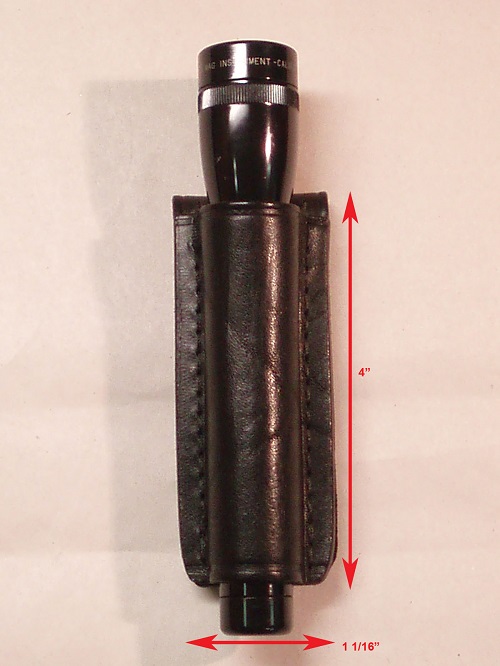
Detonation of the bomb caused rolling power failures at the World Trade Center, with all electricity in the complex shut off around 1:30 p.m. Emergency generators, ventilation systems and public address systems became inoperable, along with the elevators. With no windows or working emergency lights in the stairwells, people still in the towers had to evacuate in the dark.
Hours after the bombing, Mohammed Salameh returned to the rental agency in Jersey City, N.J., where three days earlier he had acquired the van used to plant the bomb. Claiming the vehicle was stolen, he requested a refund of his $400 security deposit. The rental agency asked him to produce a police report to support his claim, and he agreed to come back with one.
By 5:00 p.m., most of the 40,000 people inside the towers had slowly made their way down dark, smoke-filled staircases and out of the complex. Hundreds, however, were still trapped inside darkened elevators. In some cases, rescuers searched for the stalled elevator cars one floor at a time, tapping on the walls surrounding the elevator shaft and calling out for a response.
Power was restored to the World Trade Center at 7:00 p.m. on the day of the bombing. That same evening, two of the World Trade Center bombers, Ramzi Yousef and Eyad Ismoil, fled the United States – Yousef to Pakistan and Ismoil to Jordan – leaving their conspirators behind.
At 11:45 p.m., nearly 12 hours after the explosion, the last of group of people trapped in a South Tower elevator were rescued by emergency personnel.
You can learn more about the events on the day of and immediately following the 1993 World Trade Center bombing via the 9/11 Memorial Museum’s interactive timeline.
By 9/11 Memorial Staff
Previous Post
1993 World Trade Center Bombing Investigation
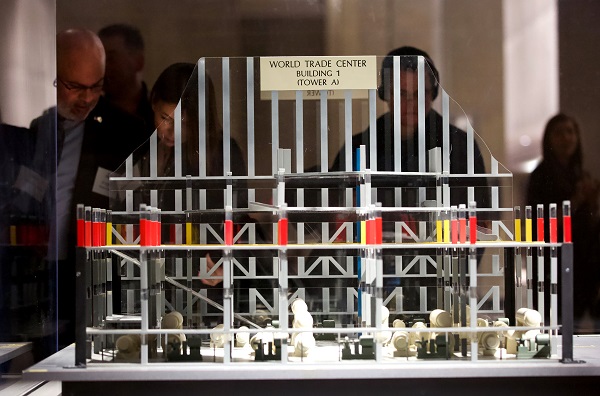
After the 1993 World Trade Center Bombing, President Bill Clinton pledged full federal support for the investigation, saying in his weekly radio address, “Working together, we’ll find out who was involved and why this happened.”
Next Post
Remembering “Commuter Landscape,” a PATH Station Mural Destroyed in the 1993 World Trade Center Bombing
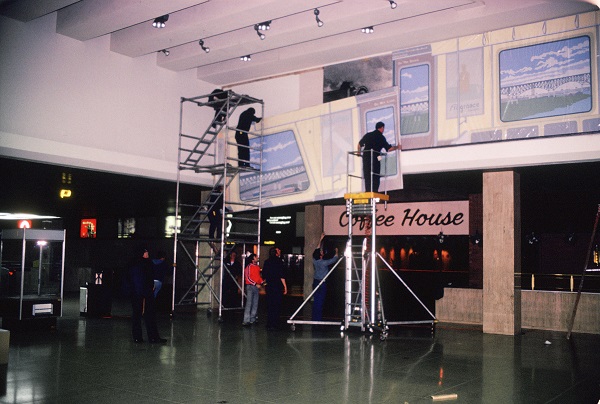
For artist Cynthia Mailman, winning a public art competition to paint a 54-foot-long mural ringing the walls of the World Trade Center PATH train terminal was providential.